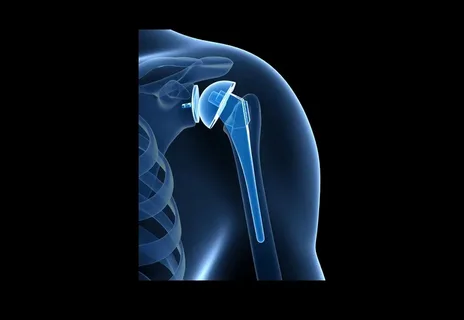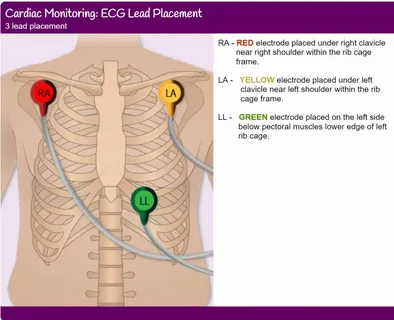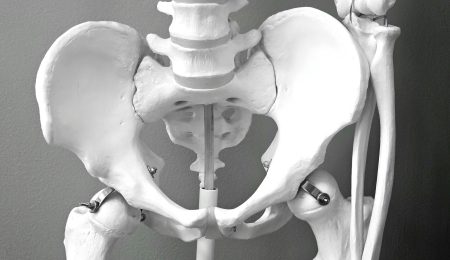For athletes and active adults, shoulder pain can feel like more than just discomfort—it can feel like losing part of your identity. Whether it’s swinging a golf club, throwing a baseball, or even doing push-ups at the gym, the shoulder plays a role in countless movements. When arthritis, injuries, or years of wear and tear make these activities painful or impossible, surgery sometimes becomes the next step.
While many people imagine shoulder replacement surgery as something only for older adults, that’s no longer the case. More and more active individuals are turning to this procedure to restore function and return to the sports and hobbies they love. The important question is not just whether the surgery works, but how it impacts performance, recovery, and long-term quality of life.
Understanding the Procedure
Shoulder replacement involves removing the damaged parts of the shoulder joint and replacing them with artificial components made of metal and plastic. In simple terms, it’s like swapping out worn-out parts of a machine so it can move smoothly again. Depending on the patient’s condition, the surgeon may replace just part of the joint or the entire ball-and-socket structure.
For athletes, this procedure offers relief from constant pain while preserving mobility. Unlike temporary fixes such as injections or medication, replacement surgery can provide long-lasting improvement. The goal isn’t just to repair the joint but to help people move without the limits that pain once created.
Balancing Activity and Recovery
One of the biggest concerns for active adults is whether they’ll be able to return to their previous level of activity. Recovery after surgery is not instant—it requires patience, rehabilitation, and realistic expectations. Physical therapy plays a key role in helping athletes rebuild strength, restore flexibility, and relearn movement patterns safely.
Most patients can resume low-impact activities such as swimming, cycling, or golf within a few months. Higher-impact sports, especially those that involve heavy lifting or overhead throwing, may require longer recovery and careful discussion with a surgeon. The focus is on finding the balance between protecting the new joint and maintaining an active lifestyle.
The Mental Side of Healing
Surgery is not only a physical process; it also affects the mind. For athletes, being sidelined can feel frustrating, even discouraging. Recovery may involve moments of doubt or impatience, especially when progress feels slow. That’s why having support—from medical professionals, coaches, teammates, or family—makes such a difference.
The mental adjustment also includes shifting goals. For some, the goal may be returning to competition, while for others it might be simply regaining the ability to work out, play catch with the kids, or enjoy a morning swim. Recognizing that success looks different for everyone can help keep motivation high during recovery.
Looking Ahead with Confidence
The long-term outlook after shoulder replacement surgery is often very positive. Many athletes and active adults experience not only reduced pain but also an improved quality of life. With proper care, implants can last for years, allowing individuals to stay active well into the future. That said, protecting the joint by avoiding repetitive strain or extreme high-impact activities is essential for maintaining results.
For those considering this option, speaking with a specialist is the best first step. Surgeons who regularly perform these procedures can provide guidance tailored to an individual’s activity level and goals.
A Path Back to Movement
Shoulder replacement isn’t the end of an active lifestyle—it can be the beginning of a new chapter. Athletes and active adults who once thought pain would permanently limit their abilities are finding that surgery offers a way back to strength, movement, and confidence. While the road requires patience and commitment, the reward is the chance to live—and move—without constant discomfort.
For anyone who values staying active, whether through sports, fitness, or daily routines, exploring surgical options can be a powerful step toward reclaiming both physical ability and peace of mind.










